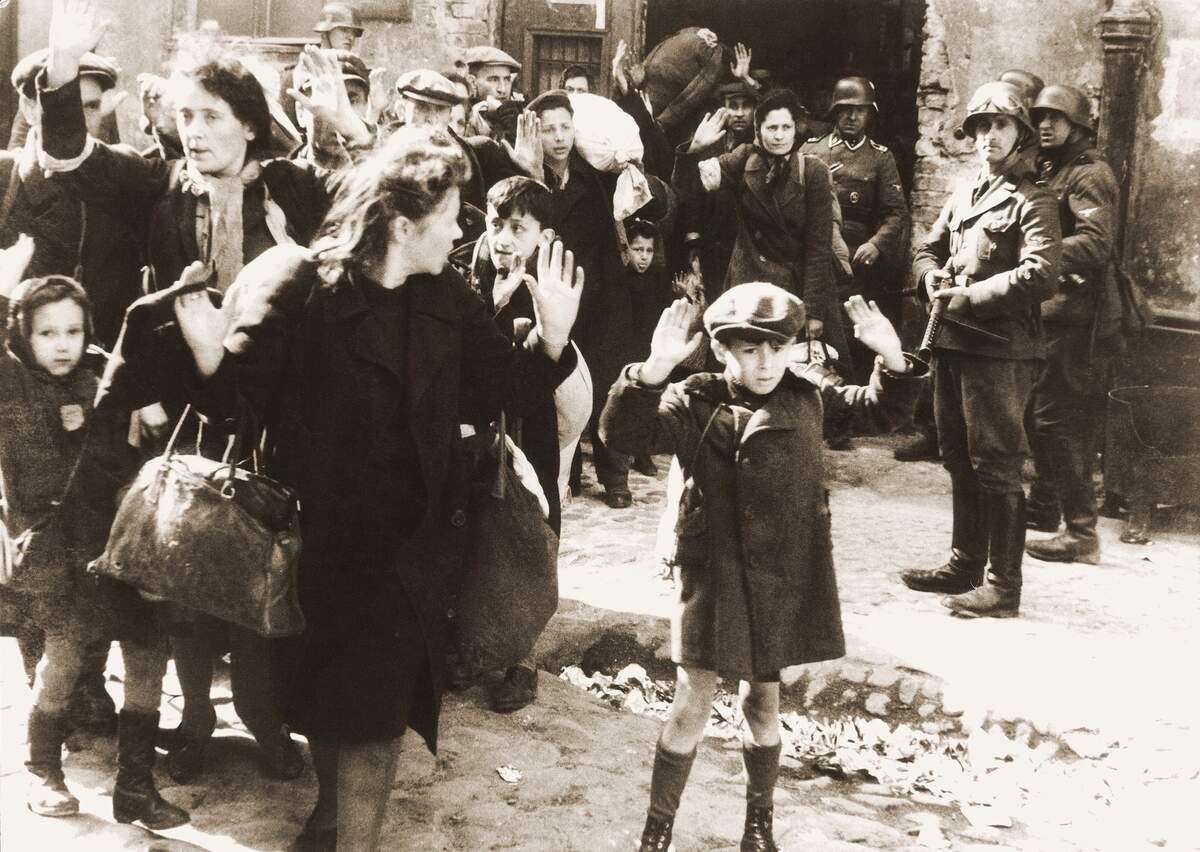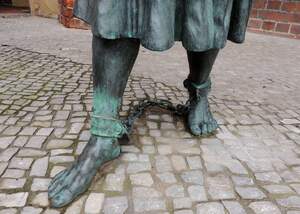

European Day of Remembrance for Victims of Stalinism and Nazism
Also known as
Black Ribbon Day
Observed
annually on August 23rd (since 2009)
Dates
Founded by
European Parliament on September 23rd, 2008
Hashtags
Sources
The European Day of Remembrance for Victims of Stalinism and Nazism is a day of remembrance of victims of totalitarian regimes, specifically of those who were victimized at the hands of the Soviet Union and of Nazi Germany. In some countries outside of Europe, such as the United States, the day is known as Black Ribbon Day. The date of August 23 was chosen because it was on this day in 1939 that the Molotov-Ribbentrop Pact between the Soviet Union and Germany was signed. This non-aggression pact designated spheres of influence between the two countries, including of Poland, Lithuania, Estonia, Latvia, Romania, and Finland, and marked a moment of collusion between the two totalitarian regimes.
During the 1980's, "Black Ribbon Day" protests took place around the globe, protesting crimes of the Soviet Union. On August 23, 1989, on the fiftieth anniversary of the Molotov-Ribbentrop Pact, about two million people joined hands across the Baltic states—Estonia, Latvia, and Lithuania—in a peaceful protest known as the Baltic Way. On June 3, 2008, August 23 was proposed as an official remembrance day in the Prague Declaration. On September 23, 2008, the European Parliament signed a declaration, and officially proclaimed August 23 as European Day of Remembrance for Victims of Stalinism and Nazism. The goal of the day is "intended to prevent any repetition of the crimes of Nazism and Stalinism" and was created "in order to preserve the memory of the victims of mass deportations and exterminations", and to strengthen democracy and reinforce peace and stability in Europe. In 2009, the European Parliament called on all European nations to observe the day, and some European countries have since adopted it by law. In 2014, the United States adopted Black Ribbon Day, in solidarity with the European holiday.
How to Observe European Day of Remembrance for Victims of Stalinism and Nazism
The day may be spent in solemn reflection on those whose lives were victimized on account of Stalin's Soviet Union and Hitler's Germany. If you are able to, museums such as the United States Holocaust Museum or the Museum of Genocide Victims could be visited. There are many films and books that reflect the humanity of the victims, such as Schindler's List, Life is Beautiful, and The Diary of Anne Frank, that could be watched or read. The European Network Remembrance Solidarity has videos and articles related to the day that could also be explored.





















